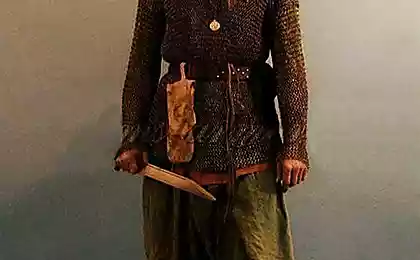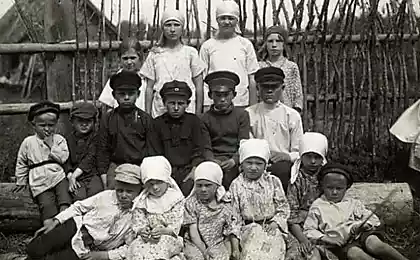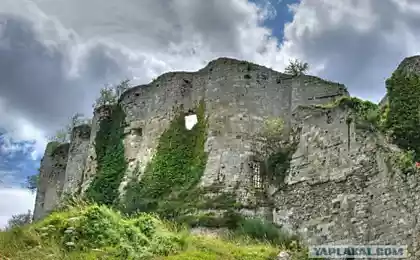159
In Novgorod found the seal of the posadnik-reformer of the XIV century
Archaeologists found the seal of Oncifor Lukinich, who led the army of Novgorodians who defeated the Swedes in 1347-1348, and also carried out a reform of the state organization.
During excavations in the southern part of the Plotnitsky end of Veliky Novgorod (modern street Bolshaya Moskovskaya, 30), the seal of the posadnik Oncifor Lukinich was found. This is the first time such a seal has been discovered. This is reported in the article of the Deputy Director of the Institute of Archaeology of the Russian Academy of Sciences, Corresponding Member of the Russian Academy of Sciences, Doctor of Historical Sciences Pyotr Grigoryevich Gaidukov and researcher of the Department of Protective Excavations of the Institute of Archaeology, Candidate of Historical Sciences Oleg Mikhailovich Oleynikov.
On the front side of the seal is an inscription in four lines:
“PUT/BPOSADN/NCHAωNCN/FORORS[A]”.
The reverse side depicts the holy horseman.
Oncifor Lukinich was first mentioned in the chronicle in 1342. He was the son of Posadnik Bartholomew Yurievich, belonged to the boyar family Mishinich. During excavations at the Nerevo end in the 50-60s of the XX century, the estate of Oncifor and his descendants was found. On the territory of the estate found many certificates. Among them were letters written by Oncifor himself to his mother, and letters addressed to him. This boyar is also mentioned several times in the Novgorod First Chronicle.
The chronicler first mentions Onciphorus in the record of 1342. Oncifor actively participated in the Novgorod struggle of individual boyar families. In one episode of this struggle, Oncifor was forced to flee Novgorod, but then managed to return. In 1347-1348, the boyar led the Novgorod army, which defeated the Swedes.
Oncifor Lukinich became a landlord in 1350, as a result of a coup. In 1354 he voluntarily resigned from this position. During this time, the boyar manages to prepare a major reform. After his departure, Novgorod was ruled by six posadniks – one from each end (there were five of them) and another, representing “All Novgorod”.
Oncifor completely renewed the composition of the ruling group. “A new form of state organization is being introduced in a specially cleared place for it; its roots, which go back to the thick soil of the age-old struggle of boyar groups for power, have been cut off. A new state mechanism has been launched, assembled from parts that have not yet been in operation. Only the future will reveal its advantages and disadvantages, writes academician of the Russian Academy of Sciences, head of the Department of Archaeology of Moscow State University Valentin Lavrentievich Yanin in the book “Essays on the History of Medieval Novgorod”.
In total, during the excavations in 2014, three previously unknown seals and five birch bark letters were found on Bolshoy Moskovskaya. The total number of individual finds exceeds 1500 units.
In the excavation area of about 300 square meters, layers of the XIV-XIX centuries were revealed. Archaeologists have identified a dense building XIV-XVI, which is separated by palisades and fences. A well-preserved log of the well of the XV century was found. Traces of bronze, leather and bone-carving industries have been identified.
Gaidukov P.G., Oleynikov O.M. The latest archaeological discoveries in Veliky Novgorod.
Source: nkj.ru
Scientists on the impact of the crowd on personal moral values
Primary school in Denmark: bright design and green technology























